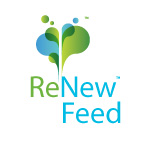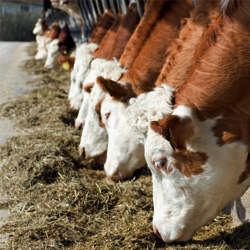Algae Enhance the Nutritional Value of Animal Feed and Provide an Alternative Protein Feed Source

As the demand for protein increases worldwide, so does the search for sustainable, nutrient dense feed sources and additives. Omega-3 rich algae oil or whole algae containing Omega-3s can be used as efficient and nutritious feed additives. The residual biomass from algae oil processing can also be used as an alternative high-grade protein source for aquaculture and livestock feed. With the advent of Cellana’s novel technology for growing algae, the potential to fill the “protein gap” in animal feed with algae by-products is real and provides economic incentive for technology adoption.
Aquaculture
Fish Feed Trials with Residual Algae Biomass
Residual biomass from algae oil processing has been tested as a substitute for commercial fish feed. Comprehensive analyses and nutritional studies have shown that these algal proteins are of high quality and comparable to conventional vegetable proteins. The image below shows the result of carp grown on algae meal instead of fishmeal (source: Bodo University, DOE Webinar September 8, 2010).

To learn more on Cellana’s research on using microalgae for aquafeed, read the publication from Kiron et al. in Aquaculture Nutrition: Marine Microalgae from Biorefinery as a Potential Feed Protein Source for Atlantic Salmon, Common Carp, and Whiteleg Shrimp (Aquaculture Nutrition 2012).
Livestock Feed

Cellana can also use its patented technology to enable the large-scale production of high-value livestock feed. The applications for whole algae enriched with DHA and EPA include the production of healthier Omega-3 steaks from algae-fed cattle that can be as healthy to eat as salmon.
The use of algae biomass for chicken feed have also been promising. The article by Xingen Le et al. in Food Chemistry, “Potential and limitation of a new defatted diatom microalgal biomass in replacing soybean meal and corn in diets for broiler chickens“, has demonstrated that defatted algae biomass could substitute for 7.5% of soybean meal alone, or in combination with corn, in diets for broiler chicks when appropriate amino acids are added.

